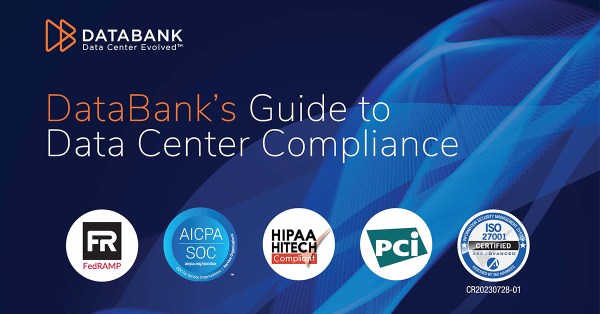The ISO 27001 framework is widely regarded as the leading global standard in data security. Here is a straightforward guide to what you need to know about it.
Purpose of ISO 27001
The primary purpose of ISO 27001, formally known as ISO/IEC 27001:2022, is to provide organizations with a robust framework for safeguarding their critical information assets.
The ISO 27001 framework provides a comprehensive guide to establishing, implementing, and managing an Information Security Management System (ISMS). This system encompasses policies, procedures, and controls designed to protect sensitive information from unauthorized access, disclosure, alteration, and destruction.
Additionally, the ISO 27001 framework assists businesses in aligning their information security practices with relevant compliance programs, regulations, and laws.
The ISO certification process covers much the same ground as many data security standards. It also promotes a structured and systematic approach to managing risks. This is the foundation for all modern data security and, hence, all modern data security standards.
ISO 27001 framework and guidelines
The ISO 27001 framework is a comprehensive set of components and guidelines designed to establish, implement, and manage Information Security Management Systems (ISMS) within organizations. The framework includes several key components that form the foundation of a robust ISMS.
Components of the ISO 27001 framework
Components of the ISO 27001 framework cover 14 key areas (domains). These are as follows:
- Information security policy
- Organization of information security
- Compliance with legal requirements and industry standards
- Risk assessment and treatment
- Asset management
- Access control
- Cryptography
- Physical security
- Operations security
- Communications security
- System acquisition, development, and maintenance
- Supplier relationships
- Information quality management
- Risk monitoring and review
Guidelines for the ISO 27001 framework
Guidelines for the ISO 27001 framework cover various aspects of ISMS implementation. They emphasize a risk-based approach and a top-down perspective. These guidelines assist organizations in adapting the framework to their unique needs, fostering a systematic and effective approach to managing information security and mitigating risks associated with data breaches and cyber threats.
ISO 27001 certification process
The ISO 27001 certification process is typically divided into five key phases. Organizations should be able to demonstrate compliance with the ISO 27001 framework by the end of the fourth phase. The fifth phase is about ensuring ongoing compliance. Here is an overview of each phase.
Initiating the certification journey: This requires organizational commitment and leadership support. Establishing a clear understanding of ISO 27001 requirements and aligning them with business objectives is crucial. Building an ISO 27001-compliant Information Security Management System (ISMS) follows, involving the definition of policies, roles, responsibilities, and processes for a structured approach to information security.
Identifying and assessing information security risks: This is when organizations conduct comprehensive risk assessments to identify potential threats and vulnerabilities. This information forms the basis for prioritizing risks and developing treatment strategies.
Implementing ISO 27001-compliant processes and controls: This includes the deployment of security measures such as access controls, cryptography, physical security, and other safeguards to protect information assets.
Achieving ISO 27001 certification: Accredited certification bodies play a pivotal role in the certification process by providing independent assessments of ISO 27001 compliance. Their involvement validates that an organization’s ISMS adheres to the standard and is effectively implemented.
Continuous monitoring and compliance assessment: Organizations must establish mechanisms to track the effectiveness of implemented controls. Regular assessments ensure ongoing compliance with the requirements of the ISO 27001 framework. This means they enable organizations to adapt their ISMS promptly to new cybersecurity developments.
Tips for a successful ISO 27001 certification
In order to be credible, the ISO 27001 certification has to be robust. This means achieving ISO 27001 certification involves a strategic and comprehensive approach. Here are key tips to navigate the certification process effectively.
Display strong leadership commitment: Top management should actively champion the adoption of ISO 27001 standards, emphasizing the importance of information security throughout the organization.
Prioritize employee awareness and training: Conducting awareness programs and training sessions helps employees understand their roles, responsibilities, and the significance of adhering to ISO 27001 standards.
Focus on documentation and record keeping: Clear, comprehensive, and up-to-date documentation not only facilitates the certification process but also serves as a reference for ongoing information security management. Organizations should ensure all policies, procedures, and risk assessments are properly documented.
Incorporate robust incident response planning: Develop and regularly test incident response procedures to ensure a swift and effective response to security events. Testing these procedures through simulations or drills allows teams to identify weaknesses, refine response strategies, and continually improve the ISMS.
Commit to regular external audits and assessments: External audits provide an independent evaluation of the ISMS’s effectiveness and its alignment with the ISO 27001 framework. This external perspective adds credibility to the certification process, instilling confidence among stakeholders and demonstrating a commitment to transparency in information security practices.






